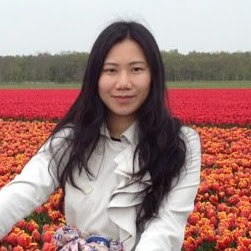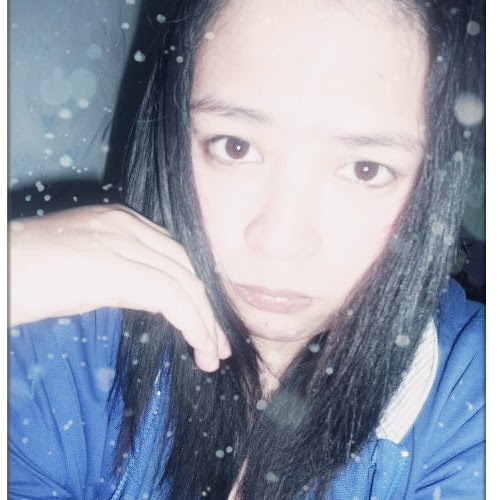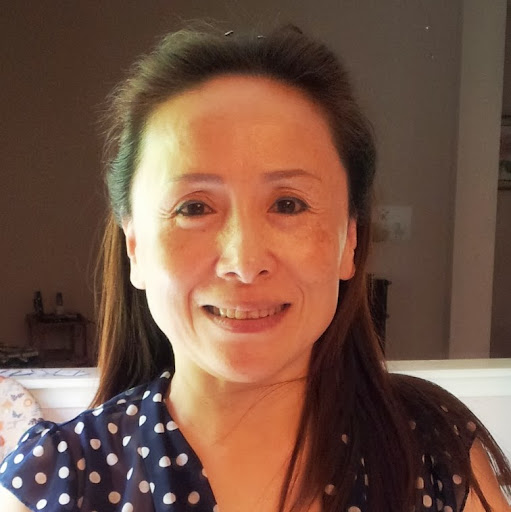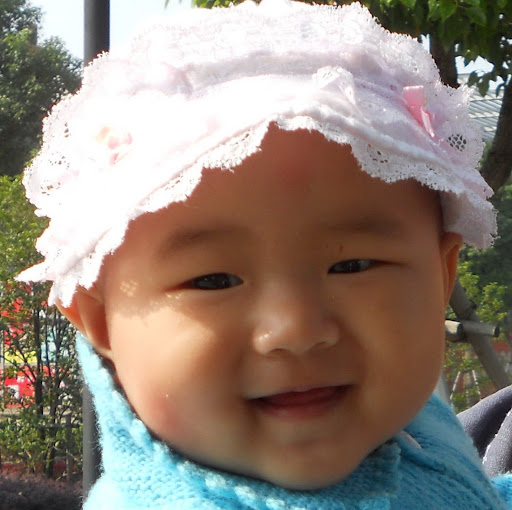Liping Chen
age ~58
from San Bruno, CA
- Also known as:
-
- Li Ping Chen
- Li P Chen
- Crystal L Chen
- Crystal Liping Chen
- Ping Chen Li
- Lipin P Chen
- Lipin I Chen
- Crystal Li Ping Chen
- Ping Chen Lipin
- Li Guan
- Phone and address:
- 3810 Fleetwood Dr, San Bruno, CA 94066
Liping Chen Phones & Addresses
- 3810 Fleetwood Dr, San Bruno, CA 94066
- Oakland, CA
- San Francisco, CA
- Las Vegas, NV
- Union City, CA
- 8069 Mosaic Harbor Ave, Las Vegas, NV 89117
Isbn (Books And Publications)
-
Xin Gong Si Fa Zhi Du She Ji: System Design Of New Company
view source -
Author:Liping Chen
-
ISBN #:7503659807
Name / Title
Company / Classification
Phones & Addresses
Director
Apollo Building Materials Ltd
Kitchen Cabinets & Equipment. Blinds. Glass--Ornamental & Specialty. Doors. Cabinets. Kitchen Planning & Remodelling
Kitchen Cabinets & Equipment. Blinds. Glass--Ornamental & Specialty. Doors. Cabinets. Kitchen Planning & Remodelling
1 12351 Bridgeport Rd, Richmond, BC V6V 1J4
778 297-1338, 778 297-1336
778 297-1338, 778 297-1336
President
MTI NETWORK INC
Business Services at Non-Commercial Site · Nonclassifiable Establishments
Business Services at Non-Commercial Site · Nonclassifiable Establishments
201 Continental Blvd STE .300, El Segundo, CA 90245
12490 Palmtag Dr, Saratoga, CA 95070
12490 Palmtag Dr, Saratoga, CA 95070
Director
Apollo Building Materials Ltd
Kitchen Cabinets & Equipment · Blinds · Glass--Ornamental & Specialty · Doors · Cabinets · Kitchen Planning & Remodelling
Kitchen Cabinets & Equipment · Blinds · Glass--Ornamental & Specialty · Doors · Cabinets · Kitchen Planning & Remodelling
778 297-1338, 778 297-1336
Manager
Jones Hb LLC
Nonclassifiable Establishments
Nonclassifiable Establishments
8069 Mosaic Hbr Ave, Las Vegas, NV 89117
M
Rainbow Hb LLC
7320 S Rainbow Blvd, Las Vegas, NV 89139
Jlc Associates LLC
Import/Export · Telephone Communications
Import/Export · Telephone Communications
12490 Palmtag Dr, Saratoga, CA 95070
Resumes

Liping Chen
view source
Independent Medical Practice Professional
view sourceLocation:
United States
Industry:
Medical Practice
Us Patents
-
Method And Apparatus For One Directional Communications In Bidirectional Communications Channel
view source -
US Patent:20030214965, Nov 20, 2003
-
Filed:Sep 26, 2002
-
Appl. No.:10/256657
-
Inventors:LiPing Chen - San Jose CA, US
David Piehler - Half Moon Bay CA, US
Adi Bonen - Los Gatos CA, US
Jumin (Jerry) Liu - Cupertino CA, US -
International Classification:H04L012/28
-
US Classification:370/431000
-
Abstract:Optical transceivers used in data communications equipment are typically bidirectional and require two-way communications in order to maintain their operability. However, in some applications such as cable television, the traffic is highly unbalanced with very high bandwidth requirements in one direction and minimal bandwidth requirements in the opposite direction. Hence for such efficient and cost effective one-way communication applications, unidirectional fiber optic transceivers are useful. There is provided here a unidirectional transceiver provided internally with a keep-alive signal generator to enable unidirectional transmissions. The keep alive signal is, for instance, idle characters for a Gigabit Ethernet communication system, or any other suitable handshake signal which provides the desired operability.
-
Method And Apparatus To Reduce Second Order Distortion In Optical Communications
view source -
US Patent:20050047799, Mar 3, 2005
-
Filed:Aug 26, 2003
-
Appl. No.:10/649007
-
Inventors:Frederic Coppinger - San Jose CA, US
LiPing Chen - San Jose CA, US
David Piehler - Half Moon Bay CA, US -
International Classification:H04B010/04
-
US Classification:398188000
-
Abstract:Method and apparatus to reduce composite second order (CSO) non-linearity and/or dispersion degradation in multi-wavelength optical communications systems. Optical communication systems using optical fibers are prone to suffer from undesirable distortion due to composite second order distortion caused by self phase modulation, cross phase modulation, and the optical Kerr effect in conjunction with polarization dependence loss. Introduction of a delay (phase shift) between the two optical signals in a dual optical signal system has been found to reduce or suppress the composite second order distortion. The delay shift is provided in either the electrical (RF) mode or in the optical mode. This delay is typically provided in a transmitter or a repeater in an optical system. The typical amount of the delay is half a wavelength of the high frequency RF modulation or for a typical system operating with RF signal up to 550 MHz, one nanosecond of delay. This amount of delay can be provided with approximately a 20 centimeter length of optical fiber in the transmitter. This delay is applied to only one of the two wavelengths, thus providing the desired phase shift.
-
Method And Apparatus For Cwdm Optical Transmitter With Extended Operating Temperature Range
view source -
US Patent:20060203862, Sep 14, 2006
-
Filed:Mar 10, 2005
-
Appl. No.:11/078971
-
Inventors:Adi Bonen - Los Gatos CA, US
Hoa Nguyen - San Jose CA, US
LiPing Chen - San Jose CA, US
Wei Huang - San Jose CA, US -
Assignee:Harmonic Inc. - Sunnyvale CA
-
International Classification:H01S 3/04
-
US Classification:372034000
-
Abstract:An optical transmitter for coarse wavelength division multiplexed (CWDM) optical communication systems uses a conventional laser (e.g. laser diode) and in addition a heater element is provided thermally coupled to the laser. A thermal sensor and associated control circuit drive the heater so as to control the power consumed by the heater to assure that the laser's temperature is not lower than a predetermined minimum working temperature. When the sensed laser temperature is above this predetermined minimum temperature, the control circuit turns off the heater. The total operating range of the transmitter in terms of ambient temperature is thus extended beyond its inherent operating range by the maximum laser temperature rise created by the heater. This allows a CWDM optical transmitter with the heater and control circuitry to be used in outdoor applications where a wide ambient temperature range is required.
-
Providing Interactive Elements With A Live Video Presentation
view source -
US Patent:20210067845, Mar 4, 2021
-
Filed:Jul 13, 2020
-
Appl. No.:16/927632
-
Inventors:- Menlo Park CA, US
He Li - Mountain View CA, US
Renyu Liu - Mountain View CA, US
Liping Chen - Fremont CA, US -
International Classification:H04N 21/8545
H04N 21/6583
H04N 21/2187
H04N 21/2362
H04N 21/472
H04N 21/845
H04N 21/431
H04N 21/4788
H04N 21/45 -
Abstract:The present disclosure is directed toward systems and methods for providing a call to action in connection with a live video stream. For example, systems and methods described herein enable a broadcaster to configure one or more benefits and one or more calls to action. Systems and methods described herein further provide the one or more calls to action in connection with a live video stream and based on the broadcaster's configurations. In response to a live video stream viewer correctly interacting with a provided call to action, systems and methods described herein provide a benefit to the viewer.
-
Providing Interactive Elements With A Live Video Presentation
view source -
US Patent:20180124477, May 3, 2018
-
Filed:Nov 1, 2016
-
Appl. No.:15/340736
-
Inventors:- Menlo Park CA, US
He Li - Mountain View CA, US
Renyu Liu - Mountain View CA, US
Liping Chen - Fremont CA, US -
International Classification:H04N 21/8545
H04N 21/6583
H04N 21/2187
H04N 21/2362
H04N 21/472
H04N 21/845
H04N 21/431
H04N 21/4788
H04N 21/45 -
Abstract:The present disclosure is directed toward systems and methods for providing a call to action in connection with a live video stream. For example, systems and methods described herein enable a broadcaster to configure one or more benefits and one or more calls to action. Systems and methods described herein further provide the one or more calls to action in connection with a live video stream and based on the broadcaster's configurations. In response to a live video stream viewer correctly interacting with a provided call to action, systems and methods described herein provide a benefit to the viewer.
Googleplus

Liping Chen
Work:
ESRI (2008)

Liping Chen

Liping Chen

Liping Chen

Liping Chen

Liping Chen

Liping Chen

Liping Chen

Liping Chen
view source
'Val Liping Chen
view source
Liping Chen
view source
Liping Chen
view source
Liping Chen
view source
Liping Chen
view source
Chen Liping
view source
Chen LIping
view sourceMyspace
Youtube
Flickr
Classmates

Amsterdam High School, Am...
view sourceGraduates:
Liping Ivy Chen (1968-1972),
Robert Scott (1981-1985),
Daniel Palmieri (1966-1970)
Robert Scott (1981-1985),
Daniel Palmieri (1966-1970)
Get Report for Liping Chen from San Bruno, CA, age ~58















